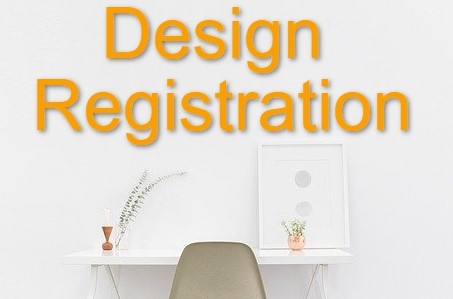
Design Registration
According to the Designs Act, 2000, the design registration protects the features of shape, pattern, configuration, and ornamentation, composition of lines or colors applied to the articles that need to be registered. Design registration is a type of intellectual property protection under which a newly created design applied to an article created under an industrial process can be protected from replicating. Design registration provides the creator absolute rights to use the design for ten years, which can be further extended for five years.
A shape, layout, pattern or ornament, or composition of lines and colors or combination applied to any article can be registered under the Design Act, 2000. But for a design to get registered, it must fulfill the following conditions:
Design should be new and original.
The design should relate to shape, presentation, configuration, pattern, or ornament applied to an article.
The design should be applied to any article by an industrial process.
The design should be visible and should appear in the article.
The design should not include any Trademark or Copyright.
Under the Design Act, the owner of a registered design can seek legal remedy in case of infringement.
